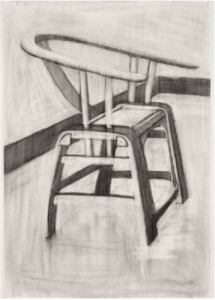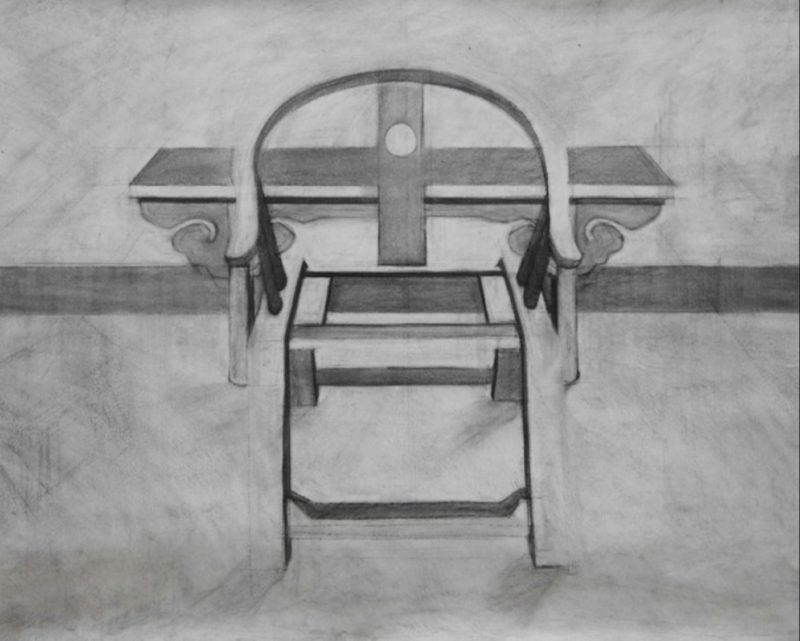

FIDELITY INVESTMENTS
LONDON & SHANGHAI
In 2013, Fidelity invited Emily de Wolfe Pettit to speak at their AGM held in Shanghai. Emily took the opportunity to address the dramatic changes she had encountered first-hand in the Chinese art scene over the past decade, the challenges of balancing international aspirations of developers with an audience deeply entrenched in the vernacular, and the dynamics of the art market in China today.
PAA has enjoyed placing several works in the Fidelity Collection, both in London and Shanghai. The works shown here are by Hong Kong-born, Beijing-raised, Brown University and RISD-graduated artist J S Tan. In 2013 PAA held a joint summer exhibition with London’s oldest dealership, The Fine Art Society, featuring this now New York-based artist and Beijing raised, trained and based artist Chi Ming.
The starting point of Emily’s curation was “seek freedom and become captive of your desires; seek discipline and find your liberty” (Frank Herbert). While Chi Ming’s world is erotic, voyeuristic and highly corporeal, one that he conjures through a multitude of small, tangential brushstrokes and density of a range of colours combined to give primacy to feeling, through this body of charcoal and ink works J S Tan has taken the pole opposite approach, relinquishing power to logical, pre-determined directives and irrefutable forms.
Tan sifts chaos through stabilised, logical structures, abandoning his desires and finding escape. In contrast to Chi Ming, Tan is thereby revealing beauty in, and through the process of, order.
As PAA researcher Michelle Ho has observed, while Tan’s earlier images “imposed psychological and emotional control over the viewer”, his body of charcoal and ink works conversely “liberate into the purity of shapes and lines, the order and security of unchanging geometrical laws”. Tan goes on:- “space eats into space… leading to autonomy”. Tan’s enormous discipline in creating a highly sensitive gradation of shading through a monochromatic palette reveals both skill and moreover, personal resolve.
Observing Chi Ming and Tan’s works in conjunction with each other also reveals the cross-over cultural approaches of the two. Just as J S enters an Eastern, and moreover Confucian realm of self-cultivation and discipline, espousing tenets that one must first govern oneself before one can govern others, through technical mastery over his chosen materiality, Chi Ming exudes Western, and specifically Descartian, models of both individualism and dualism of mind over matter.